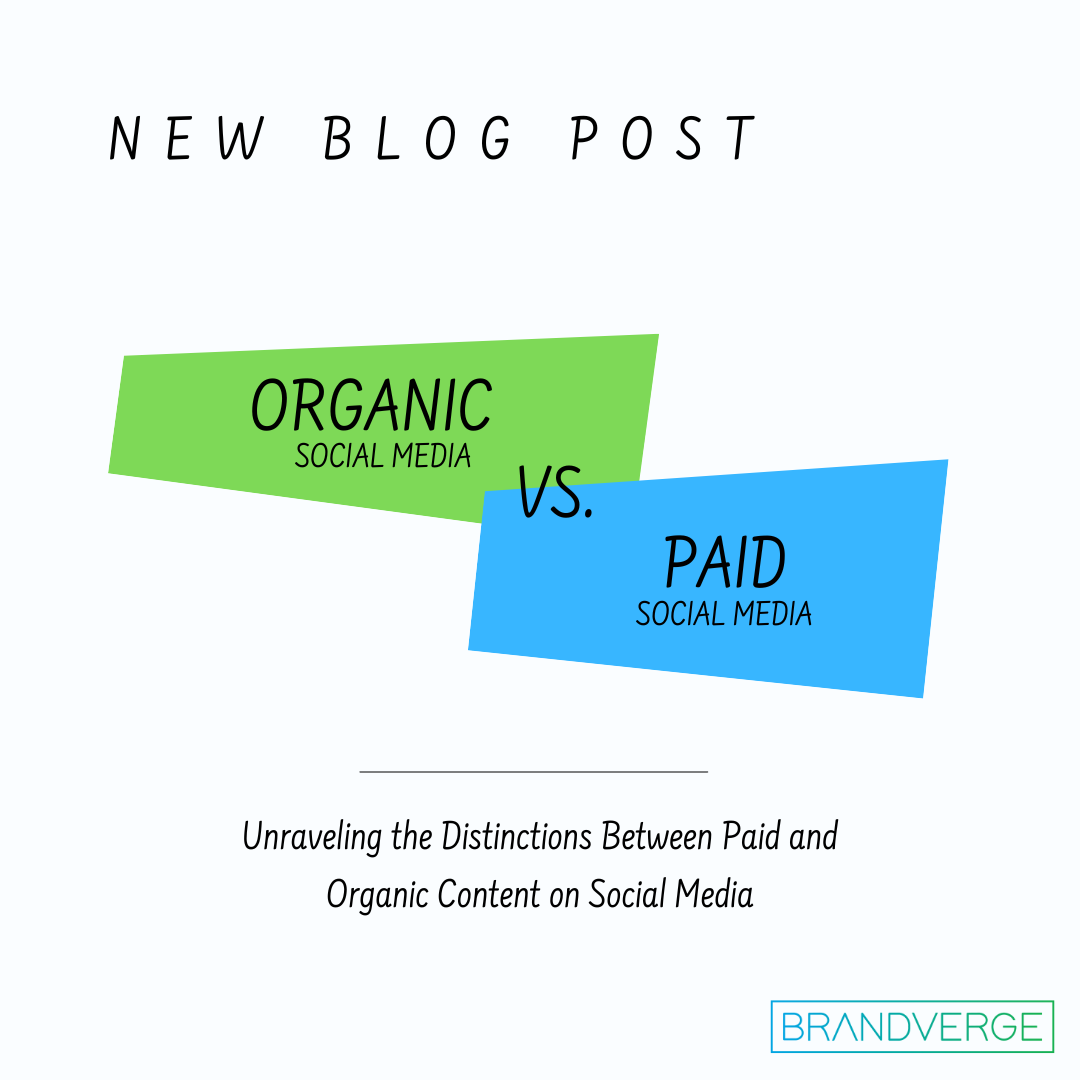Social media has revolutionized the way brands engage with their target audience, offering an array of tools and strategies to enhance brand visibility and reach. Within this realm, two primary approaches dominate the landscape: paid and organic content. In this blog post, we delve into the key differences between paid and organic content on social media and explore the unique benefits each offers to brands striving for online success.
- Understanding Paid Content:
Paid content refers to promotional material that brands pay for to amplify their visibility on social media platforms. These advertisements are strategically placed within users’ feeds, search results, or sidebar sections to target specific demographics. They offer a range of customization options, allowing brands to control their message, target audience, and desired outcomes.
Advantages of Paid Content:
a. Targeted Reach: Paid content enables brands to precisely target their desired audience based on various demographics, such as age, location, interests, and behaviors. This specificity enhances the chances of reaching potential customers who are more likely to engage with the content.
b. Greater Visibility: By investing in paid content, brands can ensure their posts are seen by a larger audience. Placement on users’ feeds or search results increases brand exposure and the likelihood of capturing the attention of potential customers who may not have encountered the brand organically.
c. Measurable ROI: Paid content often provides robust analytics and tracking tools, enabling brands to measure the return on investment (ROI) of their advertising efforts. This data allows for valuable insights into campaign performance, audience engagement, and conversion rates, facilitating informed decision-making for future marketing strategies.
- Exploring Organic Content:
Organic content, in contrast, encompasses posts that are not explicitly promoted through paid advertising. This type of content relies on building an engaged following, developing authentic relationships with users, and cultivating an active community around a brand or topic.
Advantages of Organic Content:
a. Authenticity and Trust: Organic content allows brands to showcase their personality, values, and expertise in an authentic manner. By fostering genuine connections with their audience, brands can build trust and loyalty, thereby increasing the likelihood of converting followers into customers.
b. Cost-Effectiveness: Compared to paid content, organic content does not require direct financial investment. Brands can leverage their creativity, storytelling abilities, and industry knowledge to create compelling content that resonates with their target audience without incurring additional costs.
c. Long-Term Value: Organic content has the potential to provide lasting value by attracting organic traffic, generating shares, and establishing a brand’s authority in the industry. As such, high-quality organic content has the potential to sustainably boost brand visibility and engagement over time.
Both paid and organic content play crucial roles in a comprehensive social media strategy. While paid content offers targeted reach and immediate results, organic content creates authentic connections and long-term brand growth. The key lies in finding the right balance between the two approaches to maximize brand visibility, engagement, and conversion rates.
Ultimately, brands must carefully evaluate their goals, budget, and target audience to determine the most effective blend of paid and organic content that aligns with their unique needs. By leveraging the power of both approaches, brands can navigate the dynamic landscape of social media and unlock their full potential in reaching and engaging with their online communities.Interested in learning more about how BrandVerge can help your brands’ paid and organic social strategies? Visit the link here to schedule your free consultation!


Leave a Reply